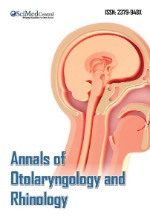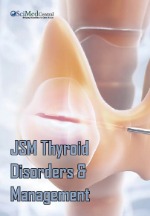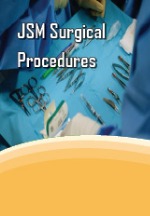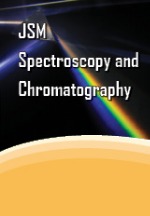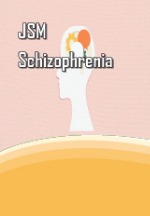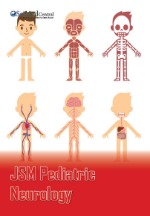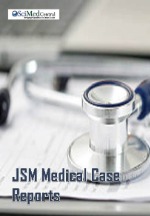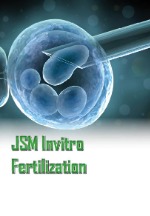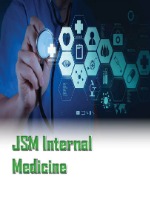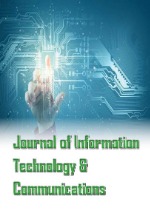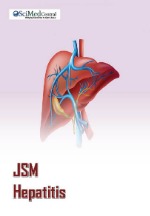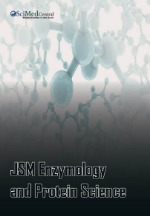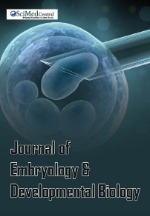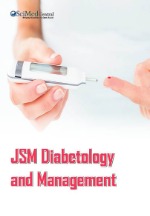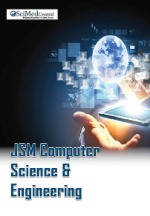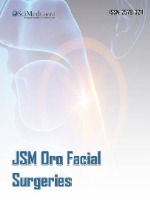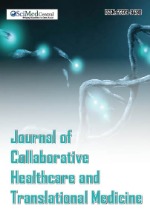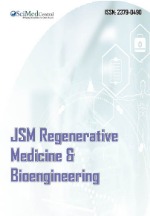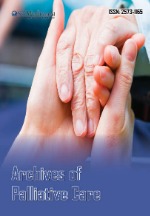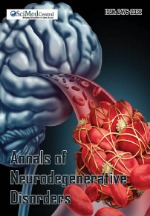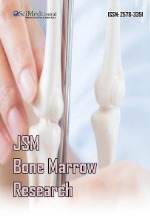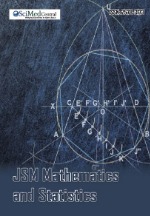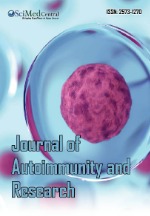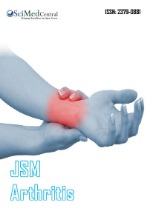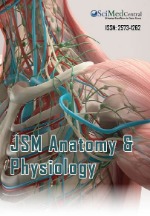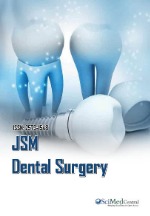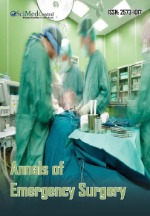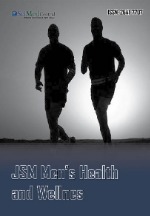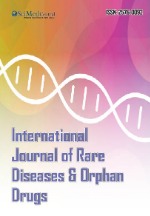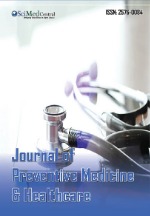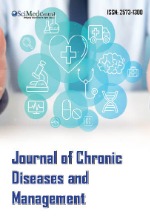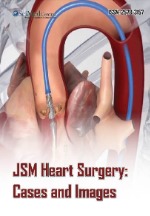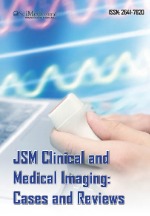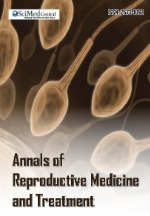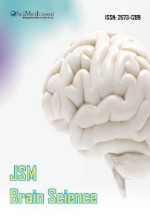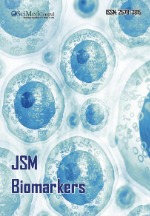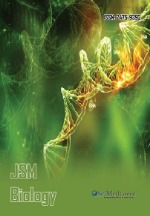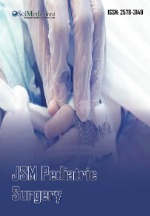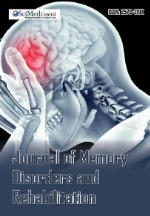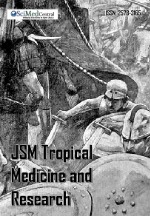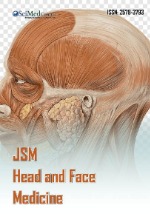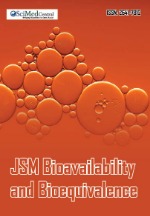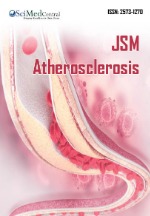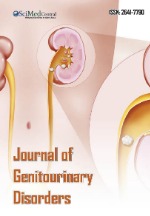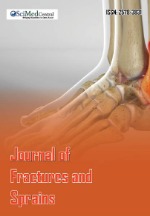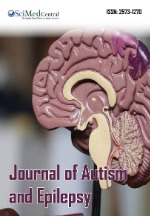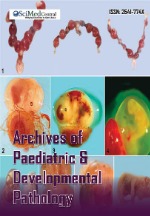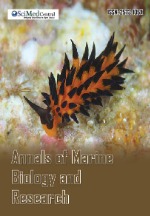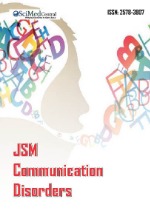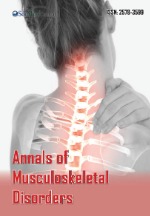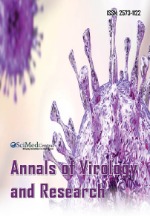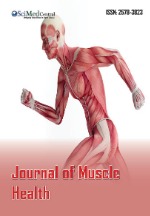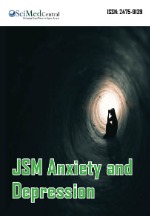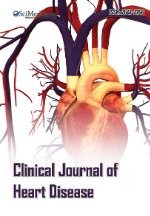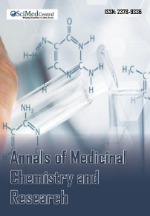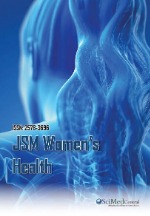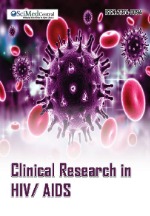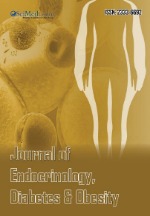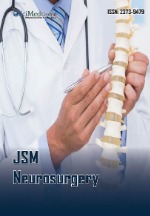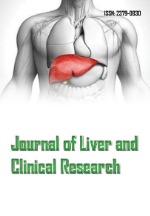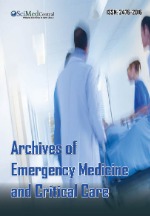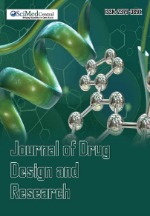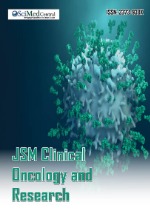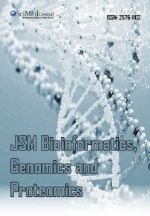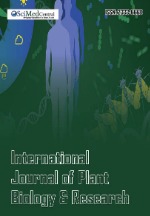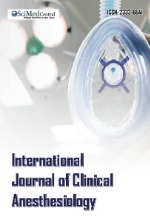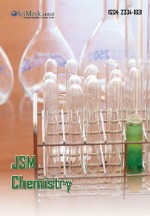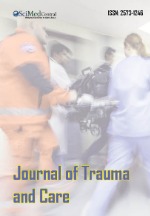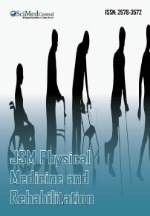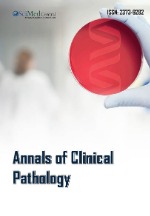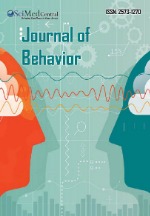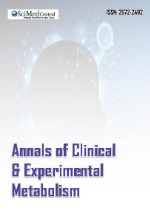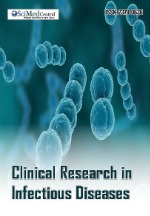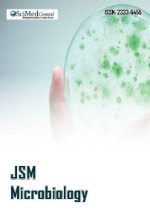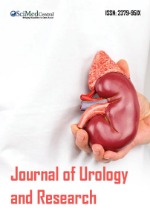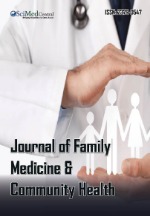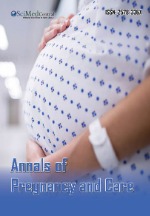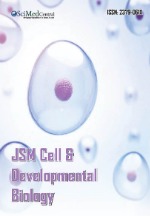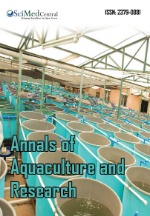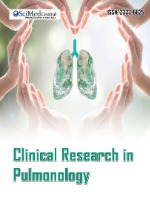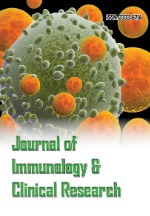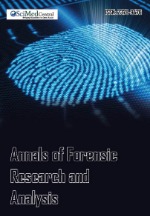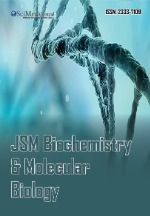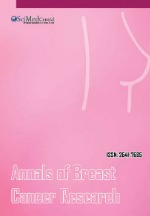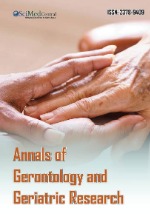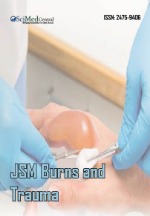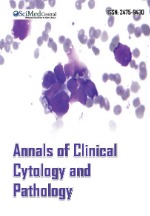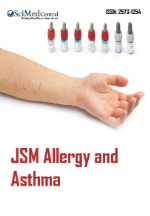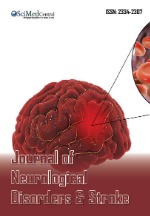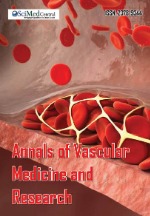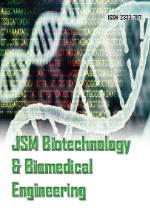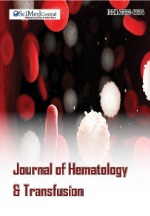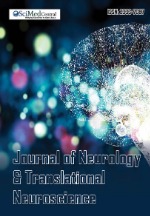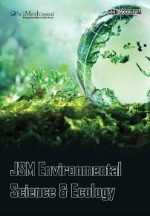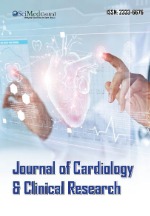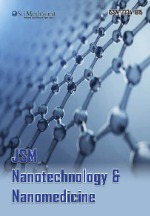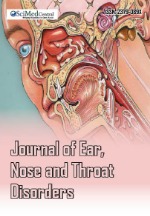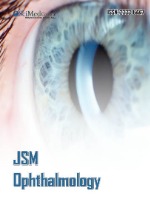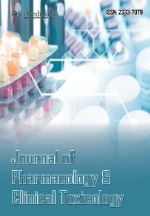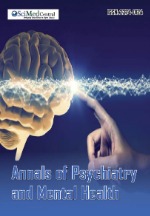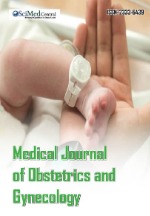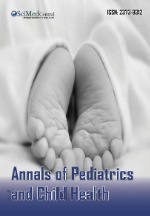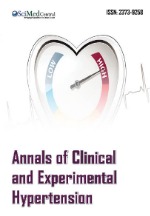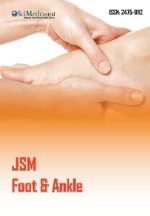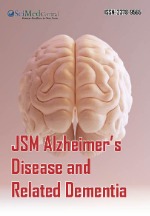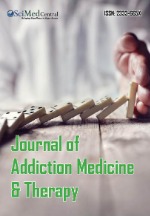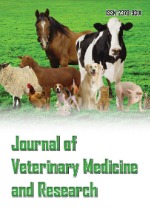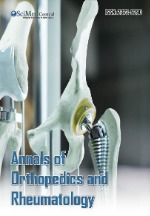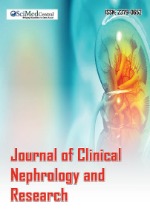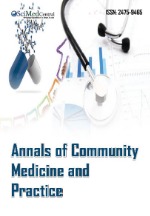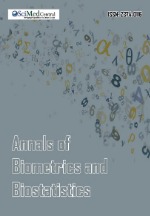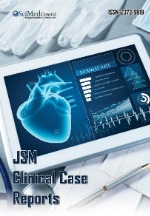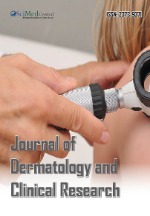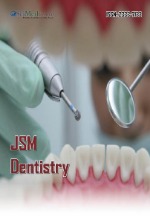Sonography for the Diagnosis of Acute Diverticulitis in the Emergency Department
- 1. Department of Emergency Medicine, Inselspital, University Hospital Bern, Switzerland
- #. Author contributed equally
Abstract
Background: Acute abdomen is a common reason for emergency department consultations, with acute diverticulitis frequently affecting elderly patients. To reduce the number of CT scans, many centers use systematic ultrasound as the first-line imaging method. The accuracy of point-of-care ultrasound (POCUS) for diagnosing acute diverticulitis by emergency physicians remains largely unexamined. This retrospective study aims to assess ultrasound’s effectiveness as the initial diagnostic tool for suspected cases.
Methods: We conducted a retrospective analysis at the University Hospital Bern, Switzerland, from 2012 to 2019, where ultrasound was used as the
primary imaging for suspected diverticulitis. We compared the characteristics of conclusive ultrasound exams with CT scans, the gold standard.
Results: Out of 705 patients screened, 609 (86%) were excluded due to various reasons, leaving 96 (14%) for analysis. Among these, 48 had conclusive ultrasound exams while 48 had inconclusive results. The overall accuracy of POCUS for diverticulitis was 79%. Experienced sonographers had a significantly higher accuracy of 92%, compared to 64% for inexperienced examiners. The rate of inconclusive exams was also lower among experienced providers.
Discussion: POCUS showed limited sensitivity for detecting diverticulitis, particularly in less experienced hands. The high rate of inconclusive exams (50%) remains concerning, emphasizing the need for enhanced training and standardization.
Conclusion: While POCUS can be effective for experienced examiners, its limitations necessitate further imaging in inconclusive cases. Training and standardized protocols are essential for improving diagnostic accuracy, though the study’s limitations highlight the need for cautious interpretation.
Keywords
- Diverticulitis
- Ultrasound
- POCUS
- Emergency
- Abdominal infections
CITATION
Jathurshan P, Klingberg K, Nicole K, Beat L (2024) Sonography for the Diagnosis of Acute Diverticulitis in the Emergency Department – Case Series of 96 Cases. JSM Gastroenterol Hepatol 11(1): 1131.
ABBREVIATIONS
POCUS: Point of Care Ultrasound; AD: Acute Diverticulitis; ICUS: Inconclusive Ultrasound
INTRODUCTION
The lifetime risk of acute diverticulitis (AD) in patients with diverticulosis ranges from 10% to 25% [1]. The gold standard for diagnosing diverticulitis is computed tomography (CT) with i.v. contrast. It has excellent sensitivity (95%) and specificity (96%) for establishing or ruling out the diagnosis and detecting complications such as abscesses and perforations [2]. Its disadvantages are the risks associated with radiation, the limitation in patients with renal failure, the possible delay and the relatively high cost [3]. Point-of-care ultrasound (POCUS) is an alternative showing similar results compared to CT [4-6].
In the Emergency Department of the University Hospital in Bern, Switzerland, diagnostic practice for suspected acute diverticulitis has evolved over time and actually consists of a clinical exam and standard lab, followed by an abdominal ultrasound, usually performed by an emergency physician. If the ultrasound exam is conclusive, it is used for the diagnosis of AD. CT is performed at the discretion of the treating physician.
The aim of this study was to determine the rate of conclusive exams and the accuracy of ultrasound for acute diverticulitis compared to CT. The hypothesis is that in case of a conclusive ultrasound and no other risk factors (sepsis, immunosuppression) no further imaging is necessary.
MATERIAL, METHODS AND PATIENTS
Setting
This is a retrospective analysis performed at the emergency department of the University Hospital (Inselspital) Bern, Switzerland. We are a level I, university affiliated emergency department that sees around 55.000 adult patients annually, mostly from urban Bern and some from the surrounding catchment area of about 1 million people.
Our standard protocol is that patients receive an ultrasound as their first imaging test in case of suspected AD. CT scans are performed at the discretion of the treating physician and in particular when US was inconclusive. Typically, an examiner would diagnose acute diverticulitis based on the following signs: Thickening of the colon wall, increased pericolic echogenicity, pain upon compression and eventually diverticula. If an abscess is suspected, it usually represents a hypoechogenic mass [7]. When the relevant parts of the colon were not visualized or when the image was not conclusive for diverticulitis, the examiner would consider it an inconclusive Ultrasound (ICUS).
Participants
We retrieved all data of adult patients who presented with suspected diverticulitis between May 2012 and August 2019 from our electronic patient documentation system (E. care, Turnougth, Belgium). Specifically, we searched the whole patient chart for the terms “diverticulitis”. The study was approved by the state’s ethics committee (KEK-BE No 019-02217).
Whenever an emergency physician competent to perform an ultrasound examination of the colon was present, the exam was conducted by him or her. We looked for the accuracy for different groups of sonographers. Therefore, the sonographers were classified into experienced versus unexperienced examiners based on the number of examinations conducted during their training in sonography. Those licensed to perform unsupervised exams (in Switzerland, this requires 200 supervised exams and successful completion of a 3-day course) were classified as experienced, all others as inexperienced. There were no radiologists performing the ultrasound exams.
Data collection
From all patient records, we extracted demographic information, patient history, clinical characteristics, imaging studies and reported results, and the patient’s course during and after the emergency department visit.
Sonographic examinations were classified in three groups based on the sonographer’s report: acute diverticulitis, normal colon / sigmoid or inconclusive exam (the later including the colon that may not be visualized entirely).
Afterwards the sonography was compared to the gold standard (computed tomography).
Only the results of those patients who had both an ultrasound and a CT available were analysed. Ultrasounds were divided into five groups based on the comparison of the sonography report to the gold standard: True positive and true negative (where the findings of the ultrasonography matched with the results of the CT) and false positive and false negative cases, where the diagnosis of the ultrasonography differed from the CT or clinical course. Patients with an inconclusive ultrasound (ICUS) were classified into the fifth group. Each group was analysed separately and then compared to the others to identify possible differences and to define the accuracy of the ultrasound examination. Accuracy was calculated using the formula (true pos + true neg) / (true pos + true neg + false pos + false neg).
RESULTS
705 patients were identified by screening the medical records. 609 (86%) patients had to be excluded, because no imaging (n=84, 12%), only a CT (n=390, 55%) or sonography only (n=68, 10%) has been performed or because of absence of consent (n=67, 9%). At the end, data from 96 patients (14%) were available for analysis.
In our population, the clinical presentation of diverticulitis was quite uniform. The typical finding was abdominal pain in the left lower quadrant (63%) or diffuse pain or tenderness in the right lower quadrant (20%). Other symptoms like nausea, vomiting, diarrhea or obstipation were also present. (Supplemental material)
There was no association between fever and the presence or absence of acute diverticulitis or complications like abscess or perforation.
Test characteristics for ultrasound
Of the 96 patients who underwent sonography and CT, 48 (50%) had a conclusive ultrasound, 48 patients had an inconclusive ultrasound (ICUS). Amongst the 48 patients with a conclusive US, diverticulitis was diagnosed with US in 37 patients. In 36/37 cases the diagnosis was correct, 1 was a false positive exam. Ultrasound was negative for diverticulitis in 11 patients, 9 turned out to be false negative [Table 1].
Table 1: Test characteristics for conclusive ultrasound
|
Sonography vs CT |
CT: diverticulitis |
CT: no diverticulitis |
Total |
|
Sonography: diverticulitis |
36 |
1 |
37 |
|
Sonography: no diverticulitis |
9 |
2 |
11 |
|
Total |
45 |
3 |
48 |
6 of them were located at the Sigma, 2 in the descending colon and one at the coecum.
The overall accuracy of POCUS for diverticulitis is 79%.
In patients with an inconclusive ultrasound exam, 39/48 (81%) patients had a diverticulitis, 9/48 (19%) patients did not.
Amongst the 48 patients with a conclusive ultrasound, 21 had complications. 7 patients had an abscess on CT, of which 3 abscesses have been diagnosed with US, 4 have been missed [Table 2].
Table 2: Abscess
|
Sonography vs CT (abscess) |
CT: abscess |
CT: no abscess |
Total |
|
Sonography: abscess |
3 |
3 |
6 |
|
Sonography: no abscess |
4 |
38 |
12 |
|
Total |
7 |
41 |
48 |
All but one missed abscesses with ultrasound had a size of less than 4 cm and where therefore without consequences. Of the 6 abscesses, 3 were smaller than 1cm and all were missed by the ultrasound. One was between 1cm and 4cm, no drainage was indicated. 2 were bigger than 4cm; one of them was missed by ultrasound. The missed abscess with a size > 4cm was located in the rectosigmoid junction, an area that may be difficult to visualize with ultrasound. This patient needed treatment by drainage. Due to the small number of patients with abscess in this study, we refrained from calculating sensitivity and specificity, because confidence intervals would have been extremely large. 14 patients had a covered perforation without concomitant abscess, there of 3 have been diagnosed with US, 11 have been missed. In none of these cases, an intervention had to be done (Figure 1).
Figure 1: Flow-chart of patient selection. TP: True Positive; TN: True Negative; FP: False Positive; FN: False Negative
35/84 (42%) of all patients with diverticulitis have been treated with p.o. antibiotics as outpatients, 44/84 (52%) with antibiotics as inpatients. 3/85 (4%) of the outpatients have been treated without antibiotics and none were treated without antibiotics as inpatients. 2/84 (2%) had, in addition to i. v. antibiotic treatment an intervention due to complications: one necessitating drainage of a complicated abscess, the other was a hemicolectomy (which intraoperative turned out to be a perforated appendicitis).
Association of ultrasound findings and examiner
From 96 ultrasound exams, 43 (45%) exams were performed by experienced examiners and 53 by unexperienced ones (55%).
Of those patients who underwent sonography by an unexperienced emergency physician, 31/53 (60%) had an inclusive ultrasound (ICUS), while only 17/43 (40%) of the patients examined by an experienced examiner received an inconclusive ultrasound. The more experienced the examiners were, the better was the accuracy (92% vs 64%) of the conclusive ultrasound exams. Again, due to the small number of patients in each group, we refrained from the estimation of sensitivity and specificity [Table 3].
Table 3: Experienced vs. unexperienced
|
Experienced |
CT: diverticulitis |
CT: no diverticulitis |
|
|
Sonography: diverticulitis |
22 |
1 |
23 |
|
Sonography: no diverticulitis |
1 |
2 |
3 |
|
Inconclusive Ultrasound |
14 |
3 |
17 |
|
Total |
37 |
6 |
43 |
|
Unexperienced |
CT: diverticulitis |
CT: no diverticulitis |
|
|
Sonography: diverticulitis |
14 |
0 |
14 |
|
Sonography: no diverticulitis |
8 |
0 |
08 |
|
Inconclusive Ultrasound |
25 |
6 |
31 |
|
Total |
47 |
6 |
53 |
Amongst the variables BMI, gender, age, temperature, CRP, leukocyte count, we found no statistical difference between patients with conclusive and inconclusive exams.
DISCUSSION
Abdominal pain is a frequent presenting symptom in ED patients [8]. The differential diagnosis is broad and clinical evaluation including blood tests are often not reliable [9]. Therefore, systematic imaging is usually performed in order to make an adequate and rapid diagnosis [10]. In this retrospective analysis, we investigated the role of point-of-care-ultrasound in the evaluation of suspected diverticulitis in the emergency department by comparing POCUS with abdominal CT, which is considered as the gold standard.
In the past, the utility of ultrasound has been questioned due to its examiner-dependence, leading to mixed results. In order to achieve good results, it is in our opinion of eminent importance to distinguish whether the examination was conclusive (colon visible and pathology clearly recognizable or excludable) or not. We hypothesize, that if the ultrasound is conclusive, ultrasound is a tool to confirm acute diverticulitis particularly in experienced providers. On the other hand, it is in our opinion not allowed to make any statement in favor or against acute diverticulitis if the ultrasound is inconclusive. In our population, 39/48 (81%) of patients with ICUS had diverticulitis on CT, which is a population with a very high prevalence of diverticulitis. This is due to our selection process, which included only patients with the term “diverticulitis” mentioned in the patient’s chart. In our patient population, the ICUS rate is 50%. To our knowledge, there are no known ICUS rates for acute diverticulitis in the literature. The rate of ICUS in our setting corresponds to ICUS rates for other indications, like e.g. ultrasound in acute appendicitis, where ICUS rates between 49% and 74% have been reported [12-14].
Diverticulitis can therefore not be ruled out in the case of an ICUS and further imaging (CT) in this mostly elderly population must be performed. Otherwise, this would lead to an inacceptable number of missed diagnoses. The ICUS rate differed significantly between experienced (40%) and unexperienced examiners (60%), a fact that is well known from the literature [12-14].
In our study, the overall accuracy of conclusive ultrasound in patients with suspected AD is acceptable. If conclusive US was positive, AD could be confirmed with CT in 97% of patients, only one US exam was false positive. Amongst patients with absence of signs for AD on US, 9/11 (82%) had AD on CT. Most of the examiners in the false negative group (8/9) where unexperienced and we conclude, that these ultrasounds should have been considered as ICUS for the less experienced examiners. Compared to other studies, our results are less convincing [11,15- 17]. A meta-analysis with more than 600 patients did not show any significant difference in the accuracy between CT and POCUS in diagnosing diverticulitis and the overall sensitivity was 92% for POCUS and 94% for CT [17]. The important percentage of less experienced examiners (55%) may explain, why the results were not as good as previously reported.
In a subgroup analysis, accuracy of ultrasound amongst experienced examiners are much better (92%) than those amongst unexperienced providers (67%). This corresponds to the study of Zago and Cohen – their sensitivities and specificities were much better, because of very well trained examiners [16,18].
In our study we were looking for complications like abscess, perforation, bleeding and fistula.
The overall sensitivity for abscess was 50%, for perforations it was only 13%, the specificity could not be calculated due to the very low number of FP / FN. Of the 6 abscess, 3 were smaller than 1cm and all were missed by the ultrasound. 1 was between 1cm and 4cm, no drainage was indicated. 2 were bigger than 4cm, one of them was missed by ultrasound. The capability of US to detect small abscesses was therefore limited. According to the current guidelines, this did not have any influence on the treatment of these patients, in particularly necessitating a drainage of these small abscesses [20]. Perforation is often missed with ultrasound exams. In the study of Nazerian, there was a sensitivity of 50% with a specificity of 98.2% for complicated AD (abscess, perforation) [19]. Significantly better results have been shown by Ripolles with a sensitivity of 84% and a specificity of 95.8% [5]. According to the current guidelines, microperforation do not influence treatment and are therefore not relevant for treatment decisions, even if they are missed.
The ability of POCUS to detect complications of AD is limited. An additional CT should therefore be performed liberally and in particular in patients with sepsis and a clinically high suspicion of a complicated AD and pain as well as tenderness located at the rectosigmoid junction [6,11,17].
In our population, we could not show a relationship between the accuracy of POCUS and patient’s BMI. This is in accordance with the study of Van Randen, where no difference in the accuracy of diagnosing acute diverticulitis in patient subgroups with different BMI’s could be found [11].
CONCLUSION
POCUS for suspected AD is a valuable tool in the hands of experienced examiners, whereas its accuracy is not sufficient in the hands of less experienced examiners.
Even if, according to the latest guidelines [20], uncomplicated AD may be treated without antibiotics and drainage is mandatory only above a threshold of 3 cm, additional imaging should be performed in patients with clinically suspected acute diverticulitis and negative POCUS, in patients with a positive POCUS but a high clinical suspicion for complications like abscess or perforations or ICUS.
LIMITATIONS
The most relevant limitation of our study is the fact that we did exclude a large number of patients because we did only include patients who had an ultrasound and a CT scan. Many patients in our population did have either ultrasound or CT scan only, which may have biased the results. We did have a mix of examinators with different levels of competences, which had a negative influence on the overall results. Decisions about imaging modalities and treatment were made by the treating physicians and were not standardized. Interobserver and intraobserver variability cannot be excluded, because the ultrasound exams in our study were performed by physicians in a real-life ED setting, though all physicians performing the ultrasound had been trained in abdominal ultrasound.
REFERENCES
- Hughes LE. Postmortem survey of diverticular disease of the colon. II. The muscular abnormality of the sigmoid colon. Gut. 1969; 10: 344–351
- Andeweg CS, Wegdam JA, Groenewoud J, van der Wilt GJ, van Goor H, Bleichrodt RP. Toward an evidence-based step-up approach in diagnosing diverticulitis. Scand J Gastroenterol. 2014; 49: 775-84
- Tursi A, Scarpignato C, Strate LL, Angel Lanas, Wolfgang Kruis, Adi Lahat, et al. Colonic diverticular disease. Nat Rev Dis Primers. 2020; 6: 20.
- Puylaert JB. Ultrasound of colon diverticulitis. Dig Dis. 2012; 30: 56-9.
- Ripollés T, Sebastián-Tomás JC, Martínez-Pérez MJ, Manrique A, Gómez-Abril SA, Torres-Sanchez T. Ultrasound can differentiate complicated and noncomplicated acute colonic diverticulitis: a prospective comparative study with computed tomography. Abdom Radiol. 2021; 46: 3826-3834
- Andeweg CS, Wegdam JA, Groenewoud J, van der Wilt GJ, van Goor H, Bleichrodt RP. Toward an evidence-based step-up approach in diagnosing diverticulitis. Scand J Gastroenterol. 2014; 49: 775-84
- Puylaert JB. Ultrasound of colon diverticulitis. Dig Dis. 2012; 30: 56-9
- Hastings RS, Powers RD. Abdominal pain in the ED: a 35 year retrospective. American Journal of Emergency Medicine. 2011; 29: 711–716.
- Laurell H, Hansson L-E, Gunnarsson U: Acute Abdominal Pain among Elderly Patients. Gerontology. 2006; 52: 339-344.
- Strömberg C, Johansson G, Adolfsson A. Acute abdominal pain. Diagnostic impact of initial CT scanning. World J Surg. 2007; 31: 2347–2354.
- van Randen A, Laméris W, van Es HW, van Heesewijk HP, van Ramshorst B, Ten Hove W, et.al. A comparison of the accuracy of ultrasound and computed tomography in common diagnoses causing acute abdominal pain. Eur Radiol. 2011; 21: 1535-45
- Pelin M, Paquette B, Revel L, M Landecy, S Bouveresse, E Delabrousse. Acute appendicitis: factors associated with inconclusive ultrasound study and the need for additional computed tomography. Diagn Interv Imaging. 2018; 99: 809-814
- Atema JJ, Gans SL, van Randen A, W Laméris, HW van Es, JPM van Heesewijk, et al. CT strategy for patients with suspected acute appendicitis; comparison of conditional and immediate CT. Eur Radiol. 2015; 25: 2445-52
- Lehmann B, Koeferli U, Sauter TC, Exadaktylos A, Hautz WE. Diagnostic accuracy of a pragmatic, ultrasound-based approach to adult patients with suspected acute appendicitis in the ED. Emerg Med J. 2022; Mar 17: 2019-208643
- Pradel JA, Adell JF, Taourel P, Djafari M, Monnin-Delhom E, Bruel JM. Acute colonic diverticulitis: Prospective comparative evaluation with US and CT. Radiology. 1997; 205: 503–512
- Zago M, Biloslavo A, Mariani D, Pestalozza MA, Poillucci G, Bellio G. Surgeon-performed ultrasound for the staging of acute diverticulitis: Preliminary results of a prospective study. J Trauma Acute Care Surg. 2021; 91: 393-398
- Laméris W, van Randen A, Bipat S, Bossuyt PM, Boermeester MA, Stoker J. Graded compression ultrasonography and computed tomography in acute colonic diverticulitis: meta-analysis of test accuracy. Eur Radiol. 2008; 18 : 2498-511.
- Cohen A, Li T, Stankard B, Nelson M. A Prospective Evaluation of Point-of-Care Ul-trasonographic Diagnosis of Diverticulitis in the Emergency Department. Ann Emerg Med. 2020; 76: 757-766.
- Nazerian P, Gigli C, Donnarumma E, de Curtis E, Bribani A, Lanzi S, et.al. Diagnostic Accuracy of Point-of-Care Ultrasound Integrated into Clinical Examination for Acute Diverticulitis: A Prospective Multicenter Study. Ultraschall Med. 2021; 42: 614-622.
- Carabotti M, Sgamato C, Amato A, Beltrame B, Binda GA, Germanà B, et.al. Italian guidelines for the diagnosis and management of colonic diverticulosis and diverticular disease. Dig Liver Dis. 2024; 13: 1590- 8658.



